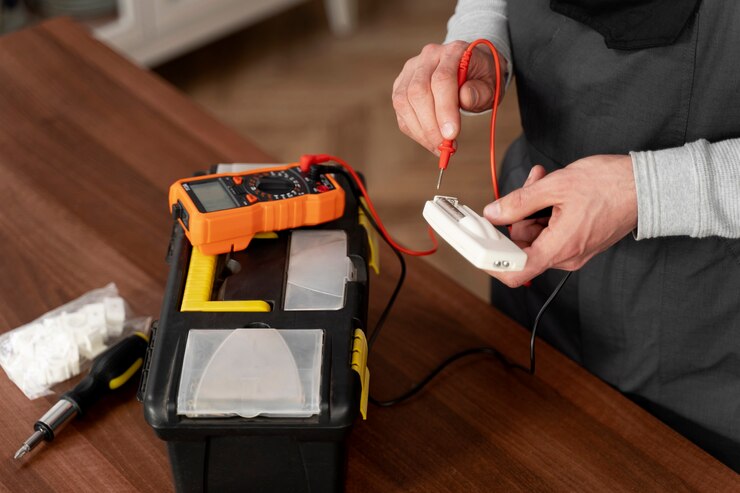A jump starter is an indispensable tool for any vehicle owner, providing a reliable solution for jump-starting a dead battery and getting back on the road quickly. However, like any piece of equipment, jump starters have a limited lifespan and may eventually need to be replaced.
Knowing when to upgrade your jump starter is essential to ensure that you have a reliable and effective tool when you need it most. This article will discuss the signs that indicate it’s time to replace your jump starter and why it’s crucial to have a functional one in your vehicle.
1. Decreased Performance
One of the most obvious signs that it’s time to replace your jump starter is a noticeable decline in performance.If your jump starter is having difficulty supplying sufficient power to jump-start your vehicle, takes longer than usual to charge, or fails to maintain a charge for an extended duration, it could be approaching the end of its lifespan.
Over time, the internal components of a jump starter can wear out or degrade, leading to diminished performance and reliability. If you find yourself having to jump-start your vehicle more frequently or encountering difficulties starting your car, it’s a clear indication that your jump starter may need to be replaced.
2. Age and Wear
Like any battery-powered device, Jump Starters have a finite lifespan and are subject to wear and tear over time. If you’ve had your jump starter for several years or if it has been used extensively, it may be nearing the end of its useful life. As jump starters age, their internal components can degrade, leading to decreased performance, reduced capacity, and potential reliability issues.
Additionally, exposure to extreme temperatures, moisture, and other environmental factors can accelerate wear and deterioration. If your jump starter is displaying signs of wear or has been in use for an extended period, it’s advisable to contemplate replacing it. This ensures you have a dependable backup power source available when required.
3. Physical Damage
Physical damage to your jump starter can compromise its performance and safety, making it necessary to replace it. If your jump starter has been dropped, crushed, or exposed to water or other liquids, it may suffer internal damage that affects its functionality. Cracked casings, damaged cables, or corroded terminals are all signs of physical damage that can impair the performance and reliability of your jump starter.
Even if your jump starter appears to be working fine after sustaining damage, it’s important to replace it to avoid potential safety hazards and ensure that you have a reliable backup power source in case of emergency.
4. Outdated Technology
As technology advances, newer jump starter models offer improved performance, features, and safety enhancements compared to older models. If you’re still using an outdated jump starter with basic functionality and limited capabilities, it may be time to upgrade to a newer model.
Modern jump starters often include advanced features such as built-in safety protections, USB charging ports, LED lights, and digital displays that provide valuable information about battery status and charging progress. By upgrading to a newer jump starter, you can take advantage of these features and enjoy enhanced performance, convenience, and peace of mind.
5. Lack of Warranty Coverage
Most jump starters come with a manufacturer’s warranty that covers defects in materials and workmanship for a specified period. If your jump starter fails outside of the warranty period or if the warranty has expired, it may be more cost-effective to replace it rather than repair it.
Attempting to repair a jump starter yourself or having it serviced by a professional can be expensive, especially if the cost of repairs exceeds the value of the device. In such cases, investing in a new jump starter with a warranty provides added protection and assurance that you’re getting a reliable and high-quality product.
Revitalize Your Roadside Preparedness
A jump starter is an essential tool for any vehicle owner, providing a reliable solution for jump-starting a dead battery and getting back on the road quickly. However, like any piece of equipment, jump starters have a limited lifespan and may eventually need to be replaced.
By recognizing the signs that indicate it’s time to replace your jump starter, such as decreased performance, age and wear, physical damage, outdated technology, and lack of warranty coverage, you can ensure that you have a reliable backup power source when you need it most.
Investing in a new jump starter ensures that you’re prepared for unexpected emergencies and gives you peace of mind knowing that you have a dependable tool to rely on in times of need.




